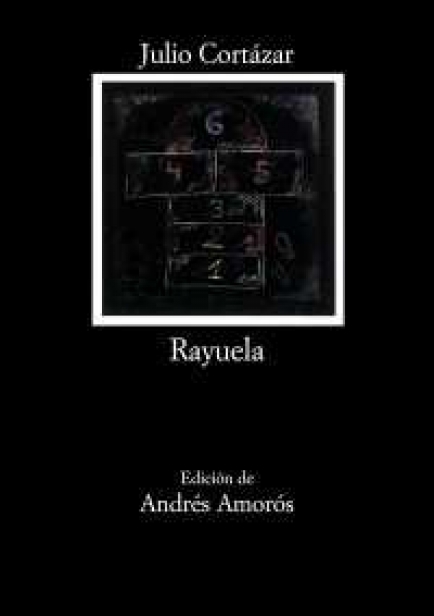

We each knew where the other lived, every cranny we holed up in in our pseudo-student existence in Paris, every window by Braque, Ghirlandaio, or Max Ernst set into cheap postcard frames and ringed with gaudy posters, but we never looked each other up at home. I did not run into her along the way either. In any case, I went out onto the bridge and there was no Maga. The thin glow of her face was probably peeking into the old doorways in the Marais ghetto, or maybe she was talking to a woman who sells fried potatoes, or she might be eating a hot sausage on the Boulevard de Sebastopol. She would smile and show no surprise, convinced as she was, the same as I, that casual meetings are apt to be just the opposite, and that people who make dates are the same kind who need lines on their writing paper, or who always squeeze up from the bottom on a tube of toothpaste.īut now she would not be on the bridge.

It was quite natural for me to climb the steps to the bridge, go into its narrowness and over to where La Maga stood. WOULD I find La Maga? Most of the time it was just a case of my putting in an appearance, going along the Rue de Seine to the arch leading into the Quai de Conti, and I would see her slender form against the olive-ashen light which floats along the river as she crossed back and forth on the Pont des Arts, or leaned over the iron rail looking at the water.

Norfolk Libraries – Around the World in 80 Books


 0 kommentar(er)
0 kommentar(er)
